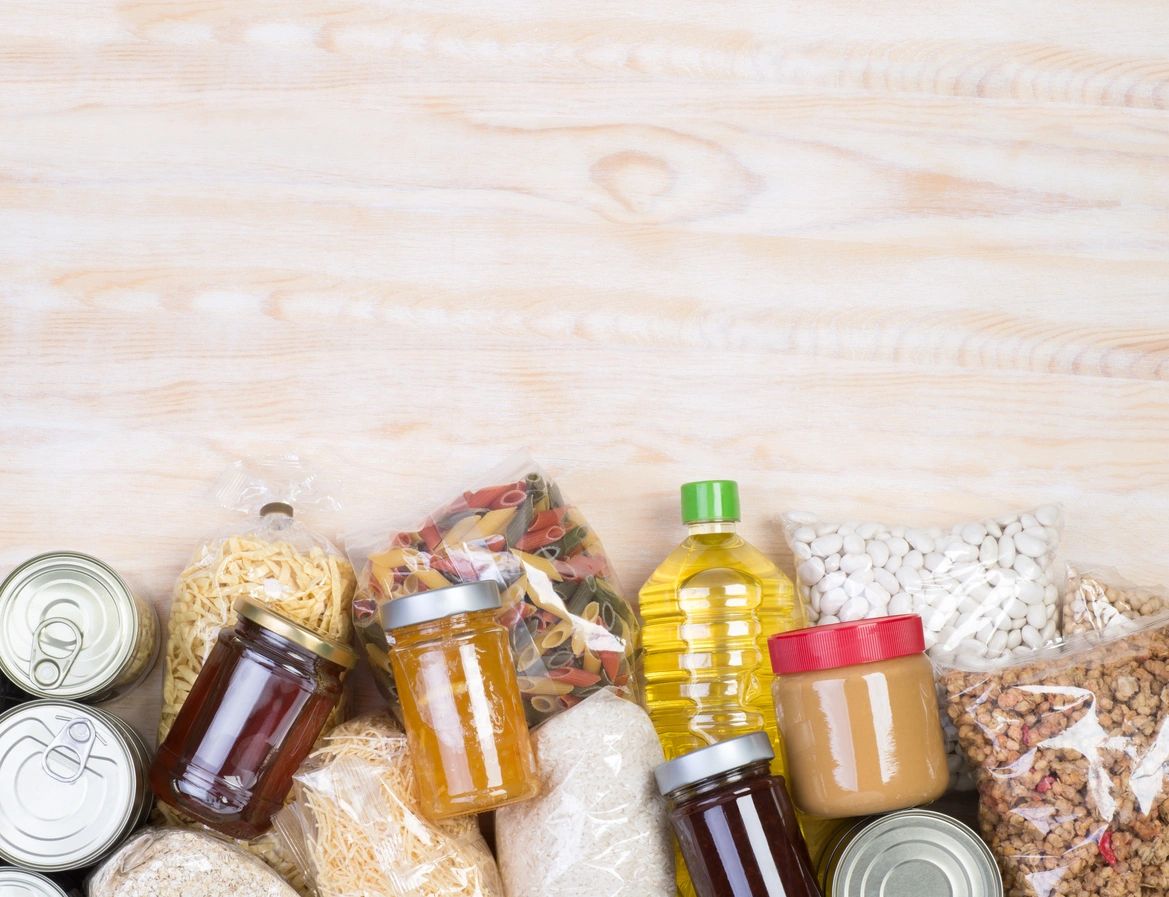According to a Vancouver food bank executive, there are numerous heart-wrenching stories associated with the increasing number of Canadians turning to food banks due to the challenges posed by soaring inflation and the escalating costs of housing.
Cynthia Boulter, the Chief Operating Officer of Greater Vancouver Food Banks, revealed, “We witness parents who sacrifice their own meals so their children can eat. We encounter individuals who have gone without food for days, and seniors who have had limited access to fresh produce for months.”
Boulter further pointed out that an escalating number of people are seeking assistance from food banks each year, and they are doing so more frequently than before. This trend is a result of the squeeze created by low wages and high rental costs, as individuals find themselves caught between the pressures of inflation and other mounting expenses.
Boulter emphasized that food banks across the nation are grappling with what she described as “unprecedented, record-breaking times.” In the month of March, nearly two million people sought assistance, marking a 32 percent increase compared to the same month the previous year and a substantial 78 percent surge when compared to March 2019.
These figures, as presented in the annual Hunger Count report by Food Banks Canada, underscore the alarming escalation of food insecurity in Canada. The report criticizes governments for seemingly turning a blind eye to these “blaring alarm bells.”
The data for the report was collected from food banks all over Canada, and this year’s Hunger Count, in conjunction with various other studies, clearly indicates that a growing number of Canadians are struggling to meet their basic expenses, leading to a significant upsurge in food insecurity levels.
The report disclosed that over 40 percent of individuals seeking assistance from food banks are recipients of provincial social assistance programs, grappling with fixed payments that keep most of them living below the official poverty threshold.
Furthermore, the report noted a disproportionate representation of Indigenous people among food bank users, accounting for 12 percent of those seeking aid while constituting only around five percent of the general population.
Additionally, the report highlighted that more than a quarter of food bank users are immigrants who have been in Canada for less than ten years, a usage rate that has doubled since 2016.



